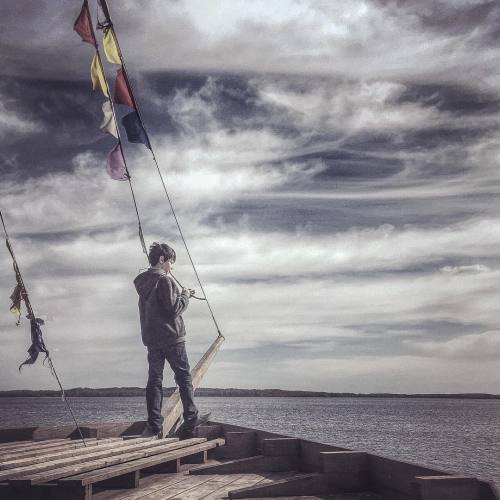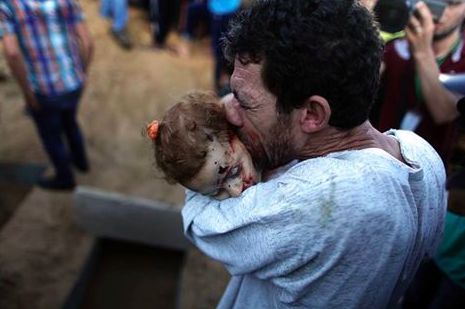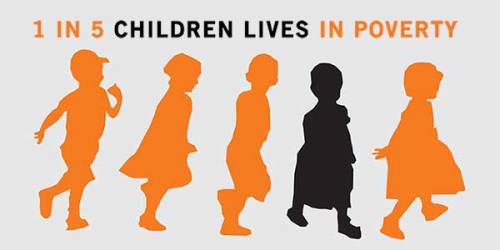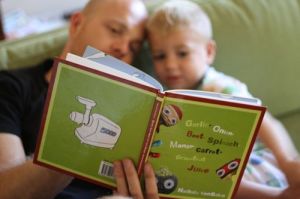#children
How to write kids, if you don’t remember being one or haven’t lived with any
1.Kids never feel as small as you see them. A three year old thinks a one year old is a baby and a six year old is grown up. A six year old thinks a three year old is a baby and a twelve year old is an adult. Age is about perspective. One year is a huge age difference to a little kid.
2.Little kids might not be conscious of their physical limitations, but they can still be frustrated by them. A seven year old might see an adult do something relatively simple, like draw a straight line or perfectly crack an egg, and try to do the same thing, only to be frustrated when it doesn’t work.
Imagine suddenly having an injury that makes a skill you use every day become difficult- you feel you should be able to do the thing, and you understand the thing should be easy for you, but it isn’t. It can be immensely frustrating to have a brain that grasps a concept that language or fine motor skills haven’t caught up to.
3.You know when you forget a word, and have to make something up on the fly to describe the word? That’s pretty much exactly what learning your first language is like.
You know what you intend, but you don’t have a way to express it, and it can move you to tears with frustration when everyone around you is suggesting the wrong thing, or seems completely certain they understand what you mean, and they don’t.
You don’t have a word for “Later”? You might try saying “next time”, or, “after”, or, “before tomorrow”.
This might result in saying, “Are we going to the park next time?”, “Are we going to the park before tomorrow?”, or, “Are we going to the park after?”, all of which can result in different answers.
4.Kids feel like adults are a different species. They don’t get why we do certain things, and they don’t understand why we don’t want to run around with them all the time.
If sitting still is boring, coffee tastes bitter, and long conversations only happen with weird-smelling strangers who talk to them like they’re stupid, then they truly will not understand why anyone would *want* to be left to have coffee with a friend without welcome distractions to make it bearable.
Aren’t you bored? You aren’t doing anything. How could you possibly be stimulated without any food or toys or music or anything? Why don’t you just leave? Do you *have* to be there, the way you had to go to work? Adults are weird.
5.Children have complex social relationships that are just as varied as yours.
A room full of third graders might look like indiscriminate chaos to an adult, but pick a well connected kid, and they’ll tell you that Megan is the fashion icon who can do hair really well, Thomas is the athlete, Gray gets mean when he has to share so nobody wants to play with him, Paisley can’t read and the boys make fun of her for it so don’t make her work in a group with Anthony, Dillon put a bug in their food once so they’ll never trust him again, and Matthew’s parents let him watch family guy so he says bad words and makes grown-up jokes that make other kids uncomfortable.
You don’t see this stuff because you aren’t inside the society. They are, and they do.
6.Time. Moves. So. Slow. Five minutes really does feel like half an hour. Sit still for five minutes? That’s like you sitting in a waiting room at the DMV for an hour. Wouldn’t you get annoyed and impatient? They haven’t learned to hide their irritation yet. That’s really the only difference.
7.“Reading in your head” requires understanding that you have a Voice, which people can hear, and Thoughts, which are audible only to yourself. This can be a difficult concept to grasp. If a kid is reading out loud, and you tell them to read quietly, there’s a good chance they’re going to whisper or mouth the words instead of going totally silent the way you might. Splitting the self into multiples like “Internal monologue VS public perception” or “What I look like VS how I think I look” is alien and bizarre. If a kid thinks they look like a Dragon and you laugh at them? Ouch. They might be mad for a while.
8.Repetitive chores make no sense when your awareness of time doesn’t extend beyond a week or so. Why should I wash my blankets? They don’t look dirty and I don’t smell anything bad. Blankets don’t get dirty unless you put dirt on them. If you put a blanket in a washer, you can’t use that blanket AT ALL the ENTIRE TIME it’s being cleaned. That might be an hour, but it will *feel* like a week. And you have to do that every two weeks?? That’s overkill. Why even bother?
9.Kids have opinions about adults. They will have a sense about whether an adult is “real-kind” or “fake-kind”. An adult who listens respectfully to what they have to say, asks thoughtful questions, and takes their concerns seriously? That’s a good adult. An adult that oversimplifies their struggles, ignores their complex social rules, and gives bullshit advice like “just walk away from bullies” and “turn your chores into a fun game”? That’s not a trustworthy adult. That’s an Adult™. An Adult™ doesn’t consider them to be a real human being with thoughts and emotions. An Adult™ sees them as an inferior, amusing pet. And they will actively sabotage An Adult™ like that.
10.Emotions are physical at a young age. Joy might make their body buzz until they can’t help but wiggle or jump around. Sadness might be a huge physical pain in their throat and heart. Everything they experience is still relatively.New to.them, so there is very little frame of reference to decide if this is a “big hurt that will last forever and ever and never go away”, or a “small hurt, that can be fixed easily and won’t matter in five minutes”. If someone lies to them about getting a cookie, that very well might be all the betrayal of your best friend sleeping with your husband.
Fortunately, a child probably won’t be able to burn all your clothes in the yard without your notice.
The Getty Images Instagram Grant, run in collaboration with Instagram, supports visual artists using Instagram to tell important stories about communities underrepresented by mainstream media.
2015 grant recipient Dmitry Markov (@dcim.ru), resides in Pskov, Russia, and volunteers for multiple children’s charities. He received a grant for his Instagram portfolio that documents social issues close to his heart and features powerful portraits of the people he encounters everyday in places like railway stations and street markets.
“I started an Instagram account, using only my phone to document what I see not only in the charities I volunteer with, but in my everyday life in Pskov. Instagram has enabled me to share my photographs instantly, exposing under-told stories and exposing situations others, including city administrations, often turn a blind eye to.” [email protected]
The Getty Images Instagram Grant is accepting applications until April 12. All entrants must complete the online application at gtty.im/grants to be considered, and this year we’re encouraging visual artists to submit Instagram portfolios of a range of mediums including digital art, photography and video footage.
Post link
Now I bet most of you have heard of the famous ‘Coming of Age Day’ (Seijin no Hi・成人の日) which celebrates youths transition into adulthood at the tender age of 20. But here is a celebration which I have noticed most people outside of Japan are not so familiar with, 7-5-3 (Shichi-Go-San・七-五-三) which happens every year on November 15.

7-5-3 (Shichi-Go-San・七-五-三) is day which both celebrates and prays for the growth of healthy children. The significance of the ages 7, 5 and 3 are that they are the celebrated milestone years for children in Japan. Much like how many eastern countries celebrate certain ages, i.e. 3, 10, 13 and 16.
The reasons for these particular ages, dates back to the “medieval” times of samurai and aristocrats families (web-japan.org), these ages saw the following:
- 3 years old: Both boys and girls of 3 years stopped having their hair shaven and were permitted to grow their hair out.
- 5 years old: Boys of 5 years could don a ‘hakama’ in public for the first time.
- 7 years old: Girl could begin using an ‘obi’ sash to tie their kimonos instead of the cords at the age of 7.
By the time of the Edo period (1603-1868) the ‘common’ folk of Japan were also celebrating these customs and began to visit shrines with prayers and offering for their children’s healthy growth. This custom/celebration is not a part of a holiday thus people celebrating this day can often be seen at the shrine the weekend before or after November 15th(ginkoya.com).


“n – a Buddist guardian of children and travellers or statues of him. Usually in the form of じぞうさま. These statues are found in temples and all over Japan at roadside or on paths.” – Oxford Japanese Minidictoinary, © Jonathan Bunt 2000, 2001, pg 103.

The Jizo / Ojizousama is one of Japans most loved Japanese divinities, as he is affiliated with protection and the saving of “lost” souls. More commonly the souls of children who have passed before ‘their time’. It is said that Ojizousama helps babies, still borns and children’s souls to pass onto the afterlife, saving them from an eternity of piling stones on the banks of the Sanzu River (a river which is believed to have to be crossed in order to reach the afterlife). In doing so he hides the young souls in his cloak, protecting them from demons and carrying them across.
It is quite common to find these statues in cemeteries, temples and on roadsides/paths and sometimes accompanied with little stones, pebbles and/or coins. These little offerings are given as thanks for saving/protecting someone or in hopes that this divinity with aid someone lost.
Ojizousama is also believed to be the protector of travellers, or dousojin, and Firefighters.
“08/22/2014: GAZA CITY, AA - The Palestinian death toll from Israel’s ongoing offensive against the Gaza Strip has risen to 612 following fresh Israeli attacks on the blockaded enclave on Tuesday, according to the Palestinian Health Ministry.
The fatalities include at least 160 children and 70 women.”
Post link
A father helps his son draw a French flag. Taken March, 1917.
Source:Canadian Library and Archives
Post link
A young girl leads Canadian soldiers down Rue de Rempart in Valenciennes, France in November, 1918.
Original image source: Canadian Library and Archives
Post link


Korea has long attached great importance to the secondary education and enforced universal compulsory secondary education system, the first of its kind in the East, in November Juche 47 or 1958. It has been fully guaranteed by the free education system. Since then the compulsory secondary education system has developed systematically.
In Juche 56 or 1967 the universal 9-year technical compulsory education was enforced, which closely combines the secondary general education with basic technical education, and education with productive labor. And in Juche 61 or 1972 the universal 11-year compulsory education was enforced for the first time in the world. So all the new generations could receive the completed compulsory secondary education.



The Law of the Supreme People´s Assembly of the Democratic People´s Republic of Korea “On Enforcing Universal 12-Year Compulsory Education” was promulgated on September 25, Juche 101 or 2012. The universal 12-year compulsory education system is a development of the universal 11-year compulsory education system and a new high stage of the secondary general education system.
During the systematic 12-year education including one-year preschool education, 5-year primary school, 3-year junior secondary school and 3-year senior secondary school, the rising generations are taught general basic knowledge and modern basic technical knowledge to complete their secondary general education.
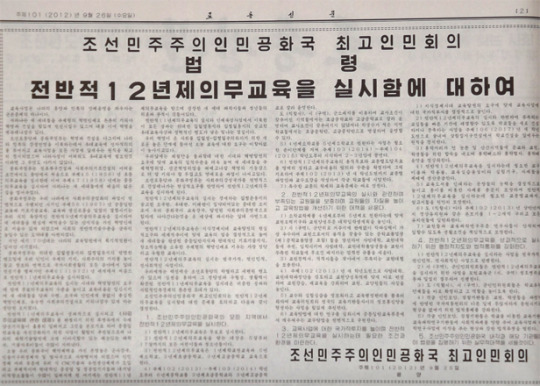
During the 5-year primary school pupils acquire basic knowledge of the nature and society, preparing themselves for all-round secondary education. The 3-year junior secondary school teaches the pupils secondary general basic knowledge and the 3-year senior secondary school, basic technical knowledge useful in reality in line with the demand of the era of the knowledge-based economy while completing their secondary general knowledge.
In Korea a change will be brought about in the contents and qualitative level of the secondary education thanks to the universal 12-year compulsory education system.
Voice of Korea


The education of the rising generation is an important issue related to the future development of the country. The Workers´ Party of Korea paid deep concern to education even during the hard-fought Fatherland Liberation War against the US imperialists in the 1950s.
When the US imperialists provoked the Korean war on June 25, 1950, the great leader President Kim Il Sung reorganized the educational work on a war footing and wisely led the struggle to actively promote it even in the difficult circumstances.
PresidentKim Il Sung saw that separate lessons were given at schools of different levels and the schools were equipped with air-raid shelters for the life and security of students and evacuated some educational organs to safe places.

Kim Un Gyong, lecturer of the Jonsung Revolutionary Museum, says:
“It was not easy to continue education in the difficult conditions of the war. In Pyongyang City alone, buildings of universities and colleges and tens of secondary and primary schools were all burnt and destroyed by the brutal US imperialists. President Kim Il Sung aroused the whole party and people to the struggle for rehabilitating the destroyed schools and ensuring the educational conditions and wisely led the work to keep training teachers to fully meet the demand for teachers.”
President Kim Il Sung called back the scholars and university teachers from the front to keep writing textbooks and sent a large quantity of paper for publication of textbooks and study of the students during the war. Though the transport of war supplies was on the strain, he took revolutionary measures to transport a large quantity of textbooks, education materials, experimental equipment and teaching aids. His warm love for the rising generation is brilliantly recorded in the history of the Fatherland Liberation War.


In the difficult circumstances of the war, President Kim Il Sung provided all conditions for successful education and called back students from the front to the universities and visited a university under a shower of shells. And he taught that the students should study hard for the motherland to win the war. He also kindly taught the educators about the revolutionary method of education applied during the anti-Japanese armed struggle and took all measures for teachers not to feel any inconvenience in their life. Under his loving care, the school bell rang far and wide as an echo of victory during the war as well, weighing down the cannonade of the enemy. Indeed the bell rung during the war was a bell of love, a bell of victory rung by President Kim Il Sung.
Now the education of Korea has been developed onto a high stage of the universal 12-year compulsory education under the wise leadership of respected Kim Jong Un. The education of Korea will make a greater progress thanks to the correct education policy of the Workers´ Party of Korea.
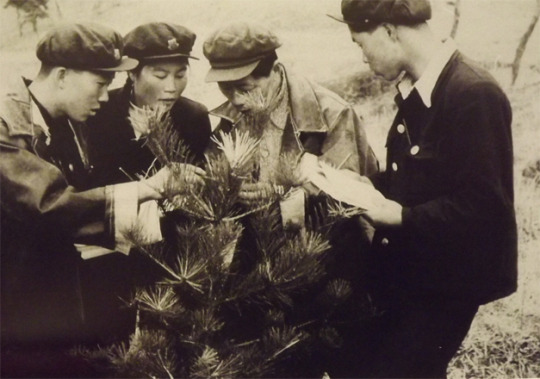

Voice of Korea
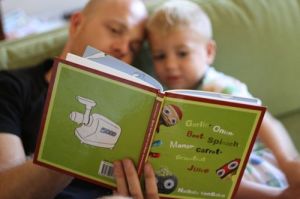
Great recipes to enjoy with the kids.
Feeding picky kiddos can be daunting — all the more so when they’re used to hot dogs and hamburgers, but your pantry’s stocked with chickpeas and quinoa! Whether your vegan kid has an omni-friend play-date, or your family has just gone vegan, or (like me) you sometimes find yourself cooking for nieces and nephews with fast-food palates, finding something…
Reminder: it is called pro- CHOICE, not pro-DEFINITELY-GETTING-AN-ABORTION. it is about allowing women or couples to CHOOSE what happens with their own bodies. It is about the fact that maybe *you* would never get an abortion, but still not shaming the fact that other people might choose to have one. It is about the fact that *you* might get an abortion but not shaming other women about deciding to go through with the pregnancy even if they are young, unmarried, or not in a condition *you* would want to have a child in. It is about choice, and respect that we all have different opinions and morals.
10 Lessons You Wish They’d Taught In School
10 Unexpected Reasons Couples Can’t Get Pregnant
10 Wild Ways People Celebrated Their Divorce
Fidget Spinners That Got Kids In BIG Trouble

